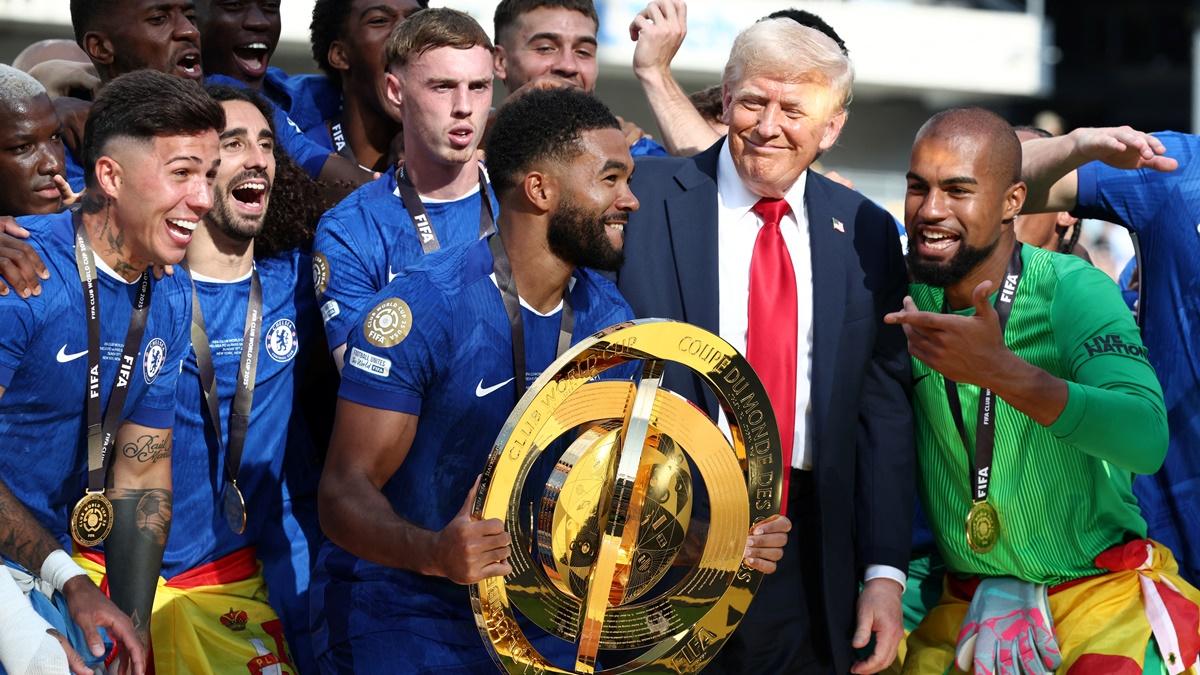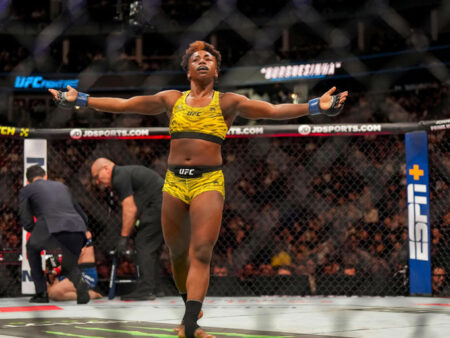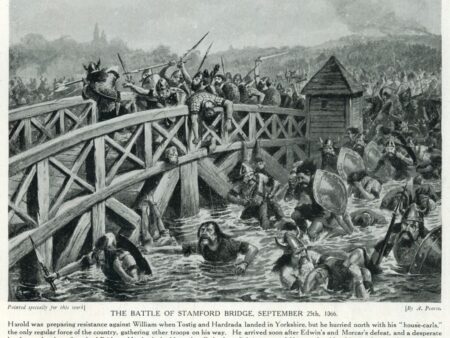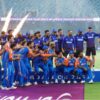
As the dust settles on the first-ever 32-team FIFA Club World Cup hosted across the United States, the post-tournament analysis reveals a landscape of contrasts. Touted as a significant evolution in club football and a crucial precursor to the 2026 FIFA World Cup, the event delivered moments of genuine sporting drama but simultaneously highlighted considerable logistical hurdles, leaving observers with a pragmatic takeaway: no tournament, especially one of this scale and novelty, is perfect.
Evaluating this expanded Club World Cup is complex. Traditional metrics of success offer a mixed verdict. While FIFA aimed to inject new sporting merit into the competition, particularly by broadening representation beyond Europe, the path was paved with both pleasant surprises and awkward realities. The final itself, a victory for Chelsea over Paris Saint-Germain, underscored Europe`s continued dominance, yet the journey there presented a more nuanced picture.
On-Field Surprises Defied Expectations
One undeniable success was the competitive spirit witnessed on the pitch. Contrary to predictions that European giants would simply sweep aside opposition, teams from other confederations, notably CONMEBOL (South America), proved formidable. South American sides were undefeated in a significant number of matches against European counterparts, suggesting the gap might not be as wide as some perceive. Brazilian clubs, in particular, shone brightly, with all four teams advancing from their groups and Fluminense making a memorable run to the semifinals, securing a substantial financial boost along the way. Their managers and players openly acknowledged the financial disparity but emphasized the strong motivation and desire to compete, treating the tournament with the seriousness of a national team World Cup.
Perhaps the biggest shock came with Manchester City`s early exit at the hands of Al-Hilal from Saudi Arabia. These moments of upset and the overall competitiveness provided genuine entertainment, proving that the expanded format could, indeed, deliver compelling football action. Even seasoned observers like Arsene Wenger noted the high levels of motivation and the disappointment teams felt upon elimination, validating FIFA`s wager on the sporting concept.
Off-Field Realities Presented Stark Warnings
However, the positive on-field narrative was frequently overshadowed by significant off-field challenges. FIFA`s choice of the United States, and specifically its large NFL stadiums, as the primary venues yielded mixed results, painting a picture of the American soccer market that surprised some but was familiar to locals. Many matches, particularly in the group stages, were played in vast, often less than half-full stadiums. MetLife Stadium, a key venue, saw attendance figures below 50% for initial rounds. While high-profile teams like Real Madrid or Boca Juniors drew passionate crowds reflective of their global or strong US fanbases, many other participating teams lacked the broad appeal needed to fill these cavernous spaces. This led to headlines about ticket price reductions and raised questions about whether smaller, soccer-specific venues might have offered a better atmosphere and optics, sparing FIFA the awkward visual of vast expanses of unoccupied plastic seats.
Adding to the discomfort were the climatic conditions. Players and fans alike contended with extreme heat and humidity typical of the American summer. The impact on player welfare was palpable, with some players reporting dizziness and describing the conditions as “dangerous.” While players attempted to adapt, the effects were visible, influencing tactics (like more defensive approaches in midday heat) and affecting high-speed running, a key component of modern football. Weather delays further disrupted the flow. While the climate is beyond FIFA`s control, the obligation for player welfare is not, making the brutal heat a likely, and unwelcome, lasting legacy of this tournament.
Inconsistent pitch quality also drew criticism. Despite efforts to install specially grown turf (like Tahoma 31 at MetLife) to replicate European standards and ensure uniformity, player feedback ranged from “dry” and “slow” to the infamous description of the ball “bouncing like a rabbit” at one venue. Preparing suitable playing surfaces in large, multi-purpose stadiums under challenging weather conditions proved to be a significant technical hurdle.
A Flawed Dress Rehearsal for 2026
Fundamentally, the Club World Cup served as an unofficial, albeit imperfect, dry run for a significant portion of the 2026 World Cup infrastructure and logistics. Many players who endured the heat and inconsistent pitches this summer will return for the World Cup. The challenges encountered, particularly with heat adaptation and pitch management in NFL venues, are direct warnings for 2026 organizers. While host cities used the event to test local operations like transport and security, the core issues of climate and pitch consistency in large stadiums remain critical areas needing urgent attention if 2026 is to avoid similar problems.
The tournament`s final weekend also provided a surreal culmination of the mixed bag. Beyond the Chelsea victory, the event became a spectacle defined by bizarre moments, from a disjointed halftime show staged awkwardly in the stadium`s upper tier to the unexpected and widely booed appearance of former President Donald Trump, who later inserted himself into the trophy presentation in a scene described as one of the most bizarre in professional sports history. These off-field distractions, perhaps more than the on-field result, captured the essence of a tournament struggling to balance sporting ambition with logistical reality and external spectacle.
Did It Truly Matter?
FIFA officials were quick to declare the tournament a success, highlighting competitive moments and participant satisfaction. However, the lingering skepticism that preceded the event never fully dissipated. While the substantial prize money undoubtedly mattered to participating clubs and the test run offered valuable lessons for 2026 preparations, the question remains: did this expanded Club World Cup truly matter from a purely competitive, fan-engaging standpoint beyond the novelty and the payout? The sight of empty seats, the struggles with the climate, and the logistical hiccups suggest that while the concept has potential, the execution revealed significant challenges that need addressing. The tournament served as a crucial stress test for 2026, exposing vulnerabilities that organizers must confront head-on. Only time will tell if these lessons are effectively learned and if the Club World Cup can carve out a truly meaningful place in the crowded global football calendar.









